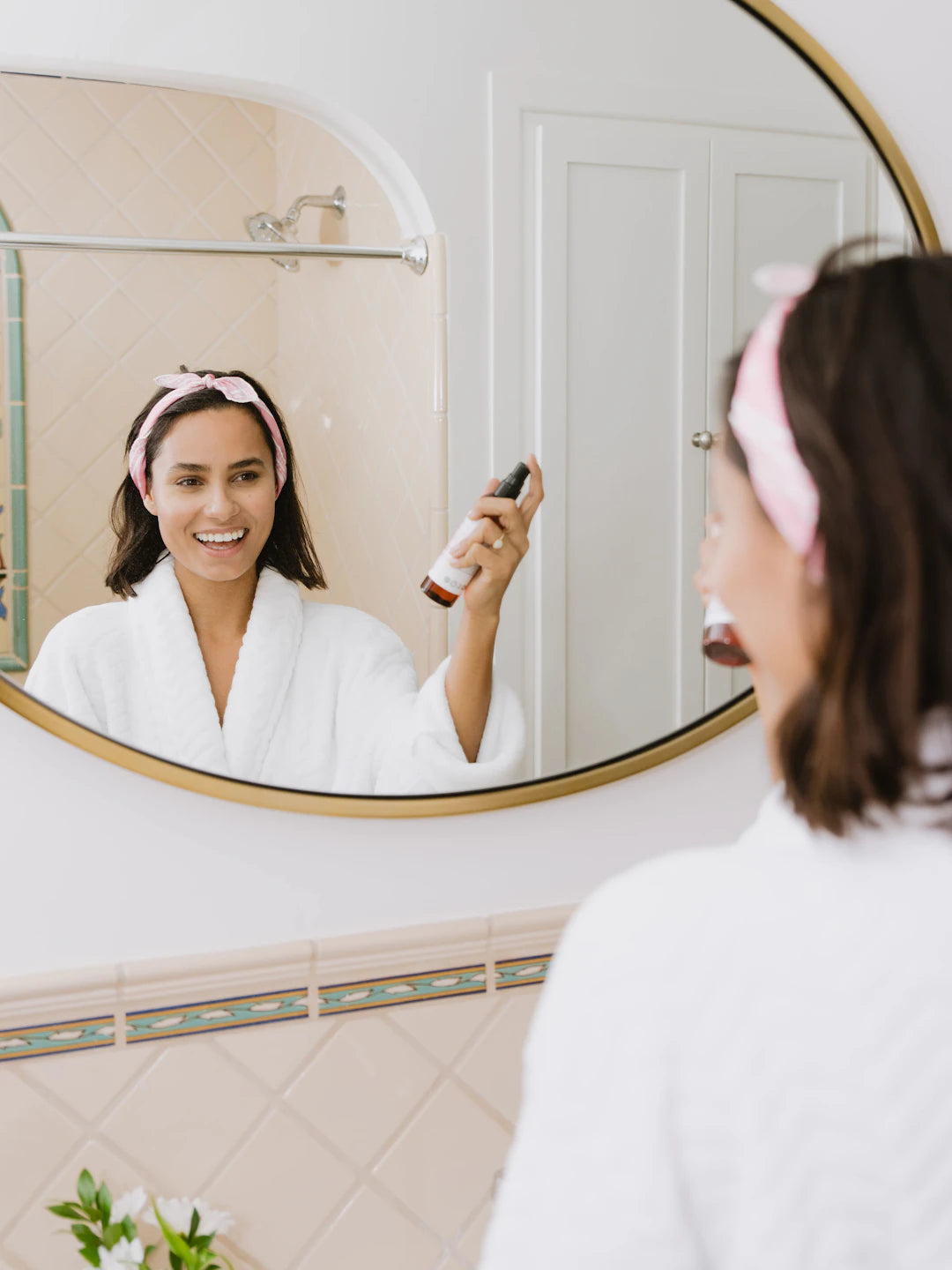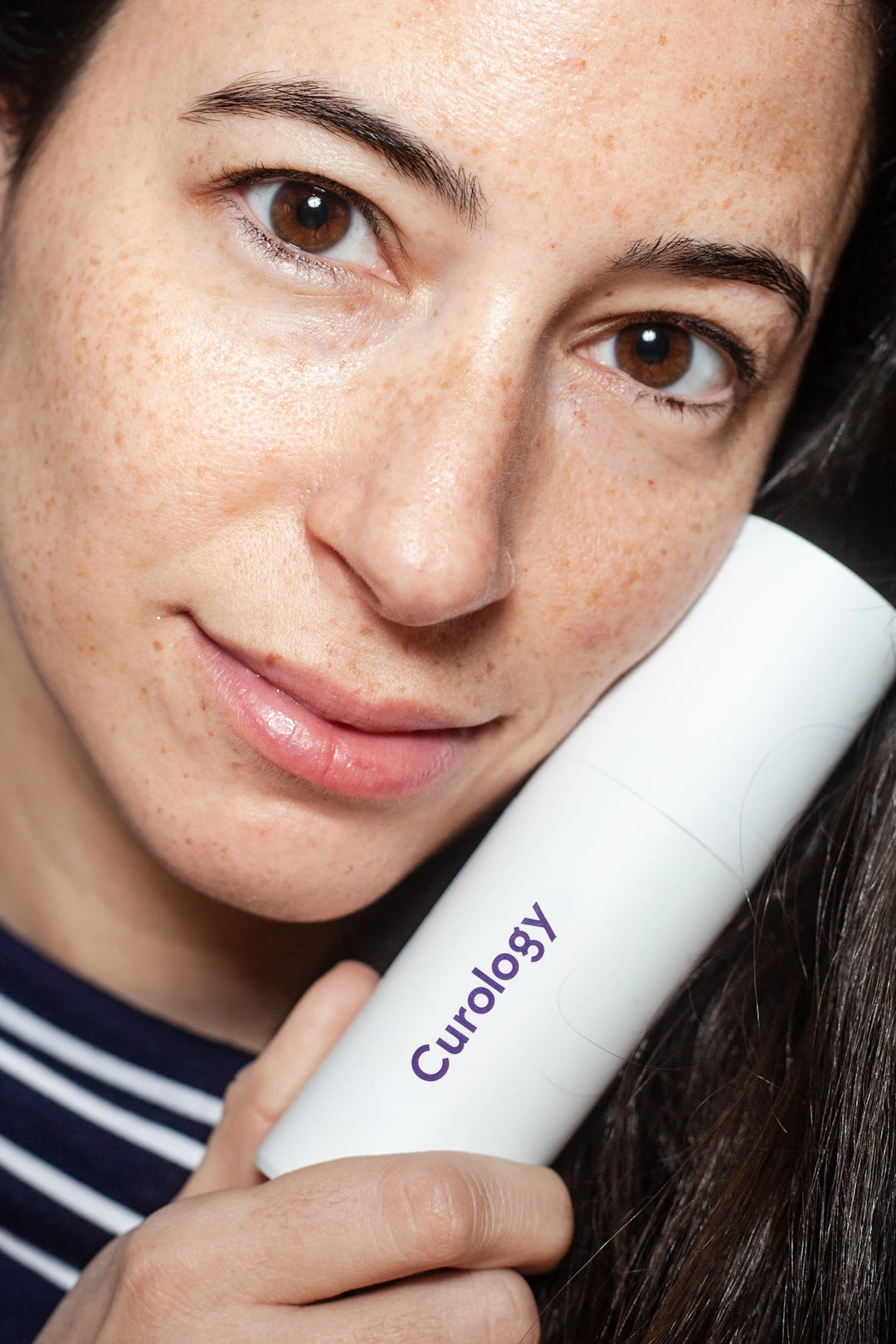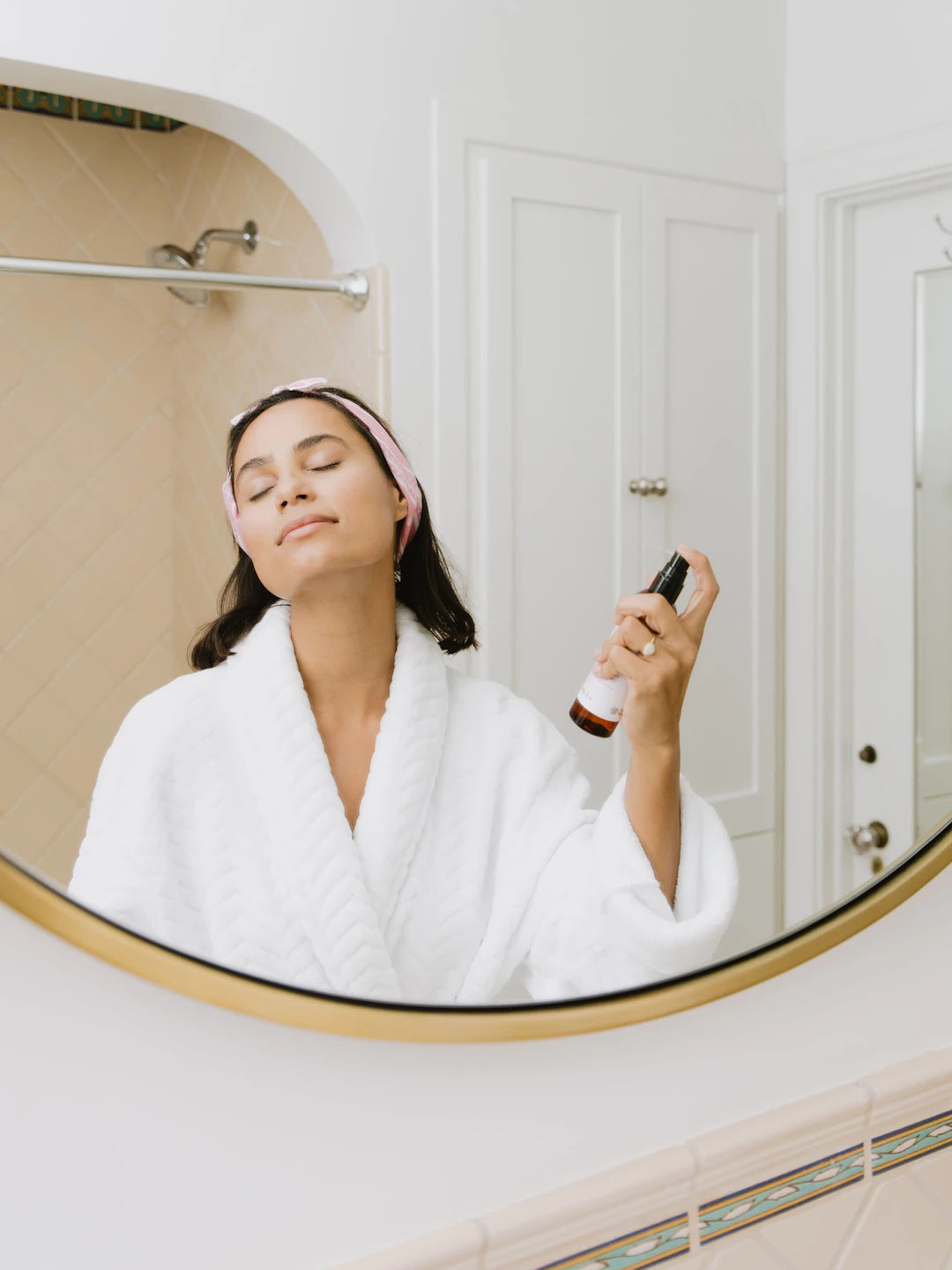Crafting Your Ideal Basic Skincare Routine

Frequently Asked Questions
1. What is the first step in a basic skincare routine?
2. How can I determine my skin type?
3. Why is toning an important step in skincare?
4. What should I look for in a moisturizer for my skin type?
5. How often should I apply sunscreen?
In today’s fast-paced world, maintaining healthy skin can often feel like a daunting task. However, developing a basic skincare routine is simpler than you might think. With the right steps tailored to your skin’s needs, you can achieve a glowing complexion that showcases your natural beauty. Whether you're a skincare novice or looking to refine your regimen, this guide will help you structure your daily skincare routine effectively.
Understanding Your Skin Type
Before diving into the specifics of skincare products, it's essential to identify your skin type. Factors like oiliness, dryness, sensitivity, and combination skin influence which products and methods will benefit you most. Here’s a quick overview of common skin types:
- Normal Skin: A balanced skin type with few imperfections, not too oily or dry.
- Oily Skin: Characterized by excess sebum production, often leading to shine and acne.
- Dry Skin: Lacks moisture, may feel tight, rough, or flaky.
- Sensitive Skin: Easily irritated and prone to redness, rashes, or dryness.
- Combination Skin: A mix of different skin types, usually oily in the T-zone and dry on the cheeks.
To effectively choose products, start by recognizing your skin type and how it reacts to various ingredients. This foundational knowledge allows you to make informed decisions for improved skin health.
The Components of a Basic Skincare Routine
Now that we've established your skin type, let’s break down the critical steps in a basic skincare routine. It typically consists of cleansing, toning, moisturizing, and protection. Each step has its purpose, working synergistically to achieve desired results.
Step 1: Cleansing
Cleansing is the cornerstone of any skincare routine. It removes dirt, oil, and makeup from your skin. Here are a few tips for effective cleansing:
- Choose the Right Cleanser: Depending on your skin type, select a cleanser that suits your needs. Creamy cleansers are often best for dry skin, while foaming cleansers can work well for oily skin.
- Frequency: Cleans your face twice daily, in the morning and before bed, to keep your skin fresh and free from impurities.
- Technique: Use gentle circular motions to apply the cleanser, always washing your face for about 30 seconds before rinsing.
Step 2: Toning
Toning is an often-overlooked step that can significantly enhance your skincare routine. A toner helps to balance your skin’s pH levels and prepare it for subsequent products. Here’s what to keep in mind:
- Alcohol-Free Formulas: Choose a toner without alcohol to prevent drying out your skin. Look for soothing ingredients like rose water or witch hazel.
- Application: Apply toner using a cotton ball or pad, gently sweeping it across your face.
Step 3: Moisturizing
Moisturizing is crucial to maintain your skin’s hydration. Everyone can benefit from this step, no matter their skin type. Here’s how to choose and apply your moisturizer:
- Water-Based vs. Oil-Based: Water-based moisturizers are ideal for oily skin, while richer oil-based creams can provide extra hydration for dry skin.
- Target Specific Concerns: For improved skin elasticity, consider incorporating a skin elasticity cream that revitalizes and supports skin structure.
- Application: Apply moisturizer to slightly damp skin to lock in hydration after cleansing and toning.
Step 4: Sun Protection
Protecting your skin from UV damage is critical to maintaining its health and appearance. Sunscreen should be a non-negotiable part of your daily routine. Here’s why:
- SPF Rating: Choose a broad-spectrum sunscreen with an SPF of at least 30 to shield against both UVA and UVB rays.
- Daily Use: Apply sunscreen every day, even when it’s cloudy. UV rays can penetrate through clouds and harm your skin.
- Reapplication: Don’t forget to reapply every two hours, especially if you're outdoors.
Building Your Evening Skincare Routine
Your nighttime routine offers an opportunity for your skin to recover and regenerate. Here’s a basic outline of an ideal evening skincare regimen:
- Double Cleansing: If you've worn makeup or sunscreen during the day, consider double cleansing: first, use an oil-based cleanser followed by your regular cleanser.
- Apply Treatments: This is the perfect time to incorporate treatment products for specific issues, such as serums or oils that target wrinkles, dryness, or uneven texture.
- Restorative Moisturizers: Use a slightly more hydrating moisturizer compared to daytime to nourish your skin overnight.
Consistency is Key
When it comes to skincare, consistency is essential. It’s important to stick to your routine daily for the best results. Over time, you’ll likely notice improvements in your skin texture and overall health. Here are some tips to help you stay on track:
- Set Reminders: Use your phone or calendar to set daily reminders for your skincare routine.
- Keep Products Accessible: Store your skincare products in a visible spot to make it easy for you to remember to use them regularly.
- Track Changes: Keep a diary of your skin’s response to different products and routines. This way, you can adapt based on what works best.
The Importance of Patch Testing
As you experiment with new products, it’s vital to conduct patch tests to avoid adverse reactions. Apply a small amount of the product to a discrete area and wait for at least 24 hours. This simple step can help you avoid potential breakouts or irritation. With various skincare options available, always prioritize your skin's unique needs when introducing new elements into your routine.
Adapting Your Routine with the Seasons
Our skin can react differently based on environmental changes, such as seasonal shifts. As such, don’t hesitate to adapt your skincare routine in response to varying temperatures and humidity levels:
- Summer: Lightweight formulations help keep your skin feeling fresh and breathing. Make sure to check your moisturizer’s composition during hotter months.
- Winter: Rich, hydrating creams become essential to combat dry air, and incorporating a skin elasticity cream can add an extra layer of care during the colder months.
Common Mistakes to Avoid
Developing a skincare routine can come with its own set of challenges, and it's easy to make common mistakes. Being aware of them can help streamline your process. Some pitfalls to watch out for include:
- Skipping Sunscreen: This is a crucial step that many neglect. Ensure it's never omitted, even on cloudy days.
- Using Too Many Products: Stick to the essentials to avoid overwhelming your skin. Each added product may increase the likelihood of irritation.
- Ignoring Changes in Skin:** Keep an eye on how your skin reacts to different products. It’s normal for skin needs to change, so stay attuned to those cues.
Enjoying the Journey to Radiant Skin
Embarking on your skincare journey is not just about the end results; it’s about enjoying the process. Invest time in finding the right products, learn what works for you, and embrace the little changes along the way. With commitment and the right approach, you’ll be on your way to healthier, more radiant skin in no time!
Ultimately, your skincare routine should be a reflection of your individual preferences and lifestyle. As you explore various products and techniques, remember to keep your skin's unique needs at the heart of your choices. Here's to creating a customized skincare routine that not only meets your skin's needs but also instills a sense of confidence and joy!


